
Swimming is one of the most challenging and rewarding full-body sports.

Swimming is one of the most challenging and rewarding full-body sports.

Staying motivated to continue exercising is a common challenge that many people face.

High-Intensity Interval Training (HIIT) has gained tremendous popularity in recent years as an effective and time-efficient workout regimen.

Eat Fresh Foods
While manufacturers are getting better at reducing the sodium levels in foods, you should still read the labels. Fresh foods like fruits, vegetables, wholegrains, unsalted nuts and fresh lean meats are naturally low in sodium and should make up the majority of your diet.

Yoga can be beneficial for lower back pain in several ways:

If you established your goals at the beginning of the year or earlier and are still following the same workout routine, it's time to evaluate any progress you've made and adjust your regimen accordingly.

Yes, HIIT (High-Intensity Interval Training) can be effective for weight loss. HIIT workouts typically involve short bursts of high-intensity exercise followed by periods of rest or low-intensity exercise, and they can help you burn more calories in a shorter amount of time compared to steady-state cardio exercise.

Whether you’re an avid gym goer in need of a change or a complete novice looking to learn the lay of the land – group training could be the answer to your prayers!

What is mobility?
Mobility is simply a person’s ability to move. In professional ‘terms’, it is described as how well we can move our bodies (joints and muscles) freely through their full range of motion.

EXERCISE RELEASES HAPPY HORMONES
As you work out, different chemicals get released into your body; one example of these is endorphins, which are produced by the central nervous system. These work with the opiate receptors in the brain to reduce the sensation of pain and provide a boost of positivity and pleasure. This can lead to a feeling of post-workout euphoria that’s a natural and healthy way to feel good.

As the days get shorter, the evenings get darker, and the weather gets chillier, heading outside for a jog isn't quite so appealing, is it?!
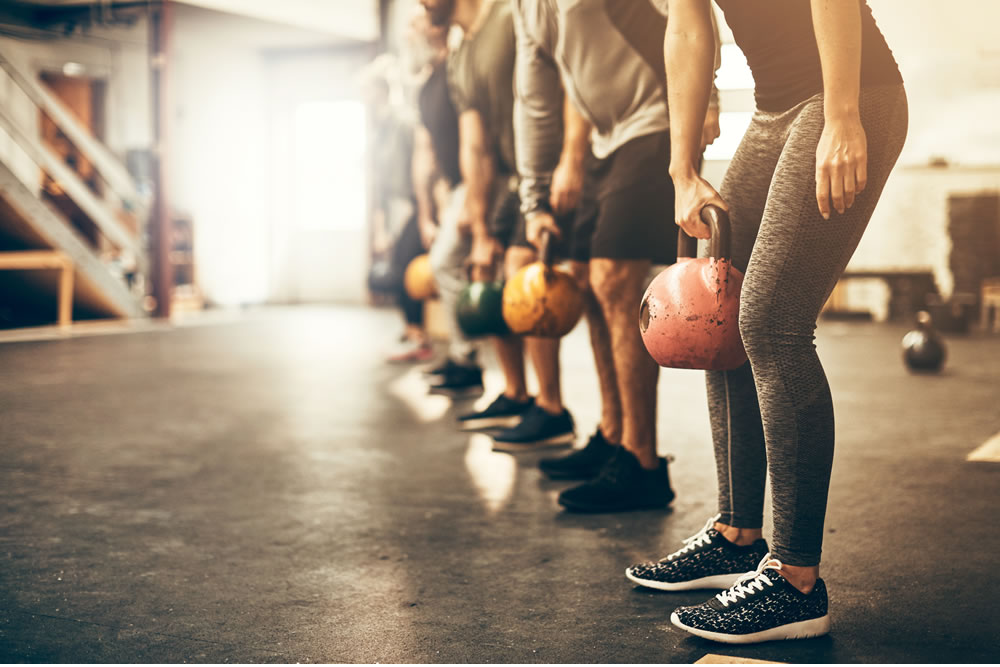
There’s no getting around the fact that for some of us the gym can feel like an intimidating place when you’re first starting out. Our latest research shows that 50% of non-gym members say they find the idea of going to the gym scary, with one in five saying they would find it very scary. But don't worry, because we have found the best ways of overcoming this.

Body composition will change as you age.
The first thing to understand is that weight gain really does seem to be a natural part of the ageing process, with various research confirming the trend. One 2014 cross-sectional study1 of Czech women found, for example, that body fat mass increased with age, and that even when lean body mass (think “muscle”) decreased with age, weight gain still occurred due to the increased fat gain.

When we think of exercise we often think of all-out, high intensity running, cycling or sports and aerobics. But it might surprise you to learn that one of the most effective ways to safely condition your body is by practicing Pilates.

1. Create a calm and restful environment
Close down your laptop, put your phone down, turn off the lights and create a space that is calming and ideal for sleeping. Exposure to bright lights and electronics can stimulate your mind before bed which is the opposite of what we want when it’s time to sleep!

It can range from a mild ache to debilitating pain that may derail your workout efforts. But don’t let this common running conundrum stop you in your tracks. The best treatment is prevention, so here are some simple ways to keep your shins strain free:

Luckily, there is a way of preventing dry eyes. But let us get a bit more familiar with the topic.
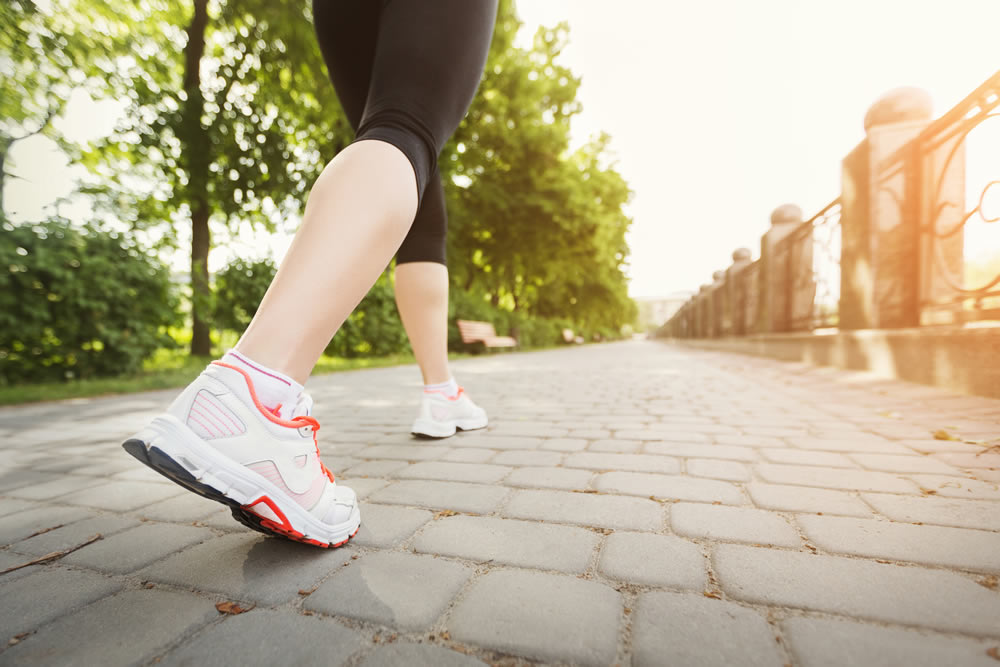

1. Carbohydrates
Eating carbs increases the level of tryptophan in your blood, which the body converts into serotonin – a sleep-inducing brain chemical that slows nerve impulses and promotes calm. While more research is needed, sleep researchers generally agree that including a carbohydrate, particularly slow-burning carbs (beans, pasta, quinoa, sweet potato) to your evening meal will help you sleep more soundly.

Here are some examples:
Playing with your kids and grand children
As we get older, many of us complain of stiff joints, immobility and tight muscles - not to mention just a lack of general cardiovascular fitness. All of these things create a barrier when it comes to carrying out our daily chores and activities, but we get by. We adapt, we figure out ways of making things easier. We take the elevator instead of the stairs, we park closer to the supermarket and we store things where they’re easily accessible.

Here are six things you should never do before hitting the gym.

To Burn Calories- Standing
According to studies standing at a desk increases calorie burn by 20 percent compared to sitting. Why? When we sit, our muscles are not engaged, our digestive system slows and blood circulation is gradual. So if you find yourself chained to the desk most of the time, stand up every 20 minutes and go to the printer, get a drink of water, take a stretch or pace while talking on the phone.

For an ideal sleep you need to go through several stages. Two of these phases are particularly important: Deep sleep is the most restorative stage of sleep when the body repairs itself, and studies suggest the most damaging effects of sleep deprivation are from inadequate deep sleep.

It is true to say that all fats are not created equal. In fact, fats such as cholesterol, saturated fats and trans fats are detrimental to one’s health when ingested in large quantities. Conversely, omega 3 fatty acids are one type of fat that possess countless health benefits.
Omega 3s have been shown to improve heart rate, cut the risk of blood clots, decrease plaque in arteries, reduce inflammation, lower blood pressure and boost good cholesterol (HDL).

Believe it or not, exercise can be unhealthy if overdone. It’s known as overtraining.
When we exercise, we push our body, and this is normal. The exertion stimulates our muscles and cardiovascular system, which makes us fitter. But when we increase the frequency of our training, or up the intensity level, our bodies struggle to recover which can bring progress to a standstill, or even send it backwards.
Everyone is different so there’s no exact formula for how much exercise is the right amount. How quickly your body recovers is affected by experience, intensity, how often you train, nutrition, sleep and other lifestyle factors. But there are a few tell-tale signs it might be time to pull it back a little.

Getting fit isn’t just about bigger muscles, it also helps build brain cells. Here are five reasons why exercise makes you smarter, sharper and more productive.

Keep a bottle of water with you during the day:
While it might seem obvious, always carrying a water bottle with you will encourage you to keep sipping on water throughout the day. Keep a bottle on your desk at work, in your car or in your gym bag and you’ll have one with you wherever you go.

Sometimes it’s all too easy to put health and fitness into the ‘goals to be achieved’ bucket and revisit at a time in your life when it feels like more of a priority.
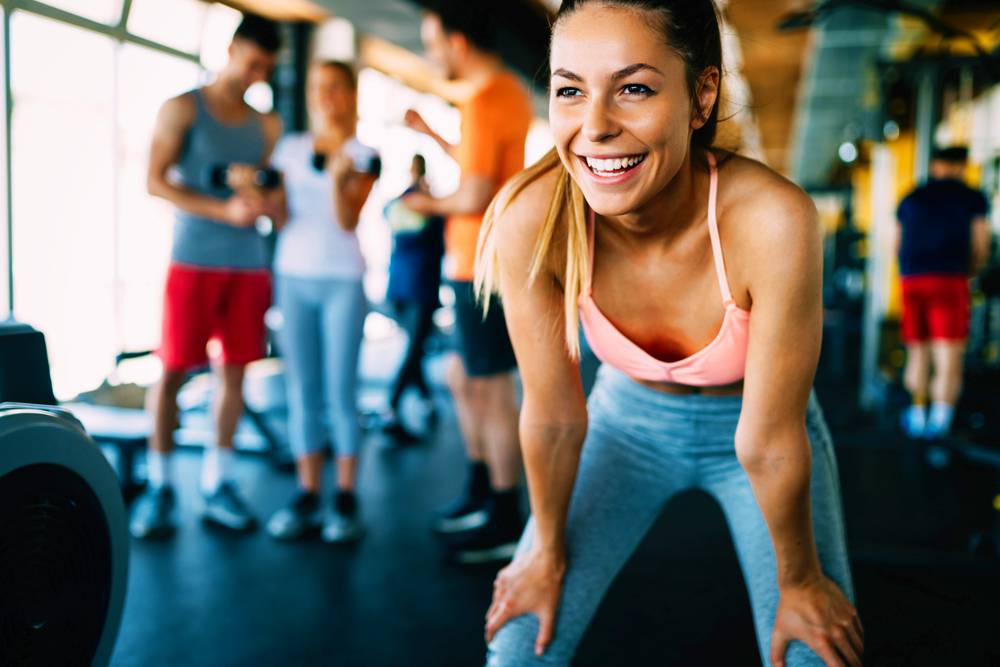
When it comes to breaking a sweat, many people focus on bigger biceps and a trim waistline, but for some, that’s not enough motivation to get moving. Indeed, the phrase ‘exercise is medicine‘ is becoming increasingly recognized as a fundamental form of treatment for various lifestyle related diseases, including depression, diabetes, heart disease, asthma, some cancers, and hip fractures. Here are a few unexpected benefits of exercise that happen when you're active.

Let’s be honest, finding the motivation to run isn’t always easy. Even for the seasoned runners and athletes out there, there are plenty of days where the last thing you want to do is go for a run. Too busy, too tired, hot weather, cold weather, not feeling well, I’ll do it tomorrow – we’ve all been there with ways of talking ourselves out of a run. And while you’ll always regret not going for your run, you will almost never regret just getting out there and doing it. To help you on those days where you’re just not feeling it, here are some tips to motivate you to get out the door and get those miles in:
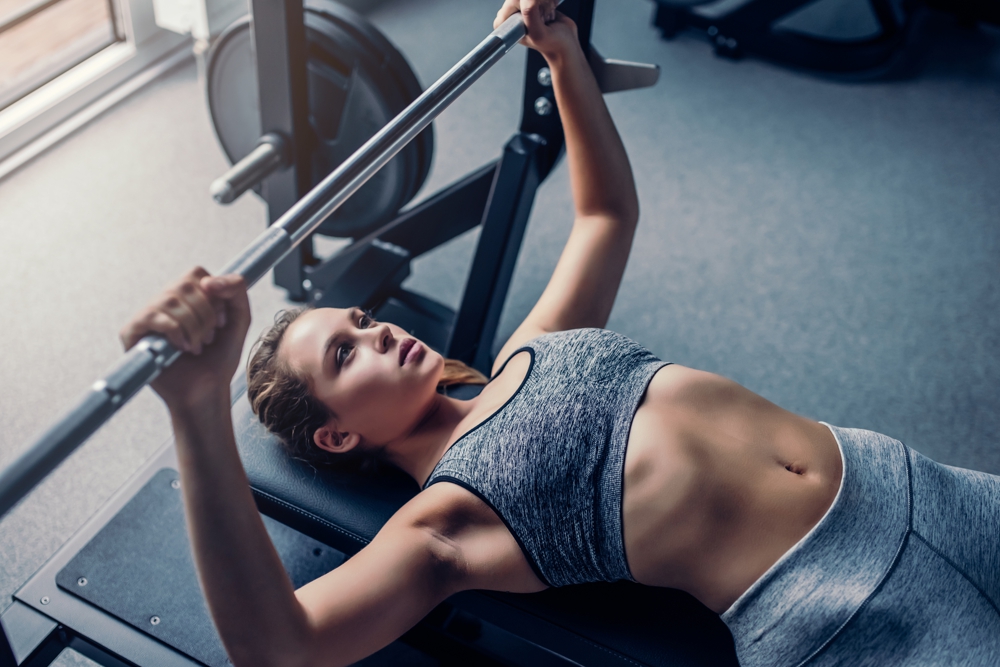
The bench press is one of the most important upper body exercises. You can be forgiven for thinking it is a chest exercise, a lot of people do; however, it is so much more than that. It is a compound exercise, and that is because it recruits many muscles throughout the body.

There are two main classifications of exercises: compound exercises and isolation exercises. In this post, we will cover exactly what a compound exercise is.
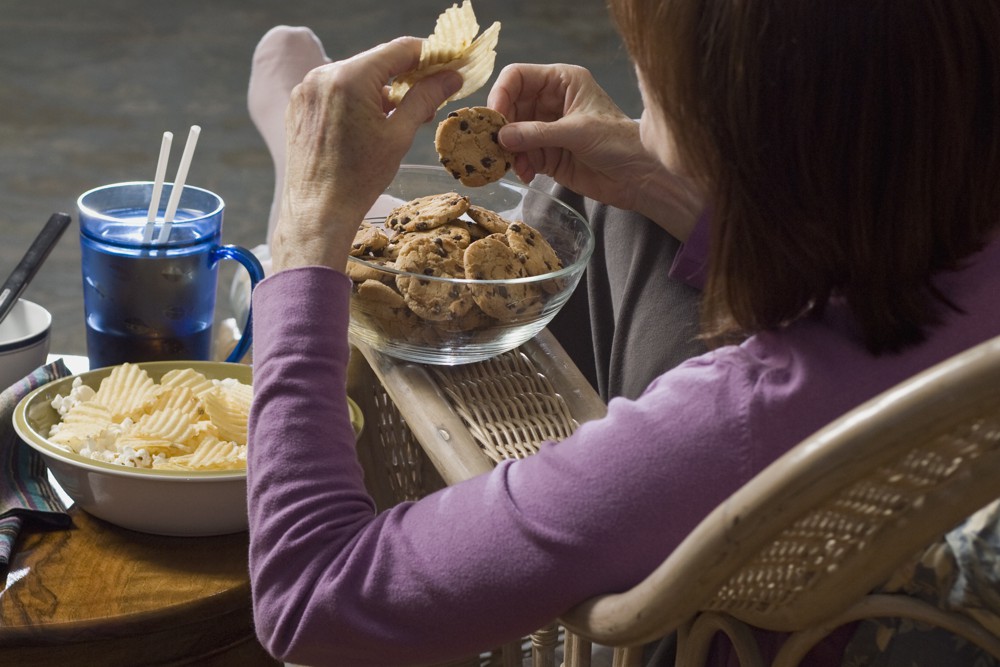
Starting a new training and eating regime often resembles the wheels of the bus. Everything is running smoothly until the wheels come off, motivation plummets and you have just finished the entire tub of Ben & Jerry’s. What next?
 In the last decades many different theories about salt or sodium have come to light.
In the last decades many different theories about salt or sodium have come to light.
Weight gain and retention have many origins as well as supposed solutions. However, one common food item with a significant impact on body weight is salt, or sodium.
Food manufactures add a lot of salt to foods, deadening our over-stimulated taste buds, and to increase product shelf life. Salt is in virtually all commercially produced foods and drinks including diet soda and even some supposedly organic products. We get used to the taste and then find products with less or no salt not to our liking.
 Anatomy:
Anatomy:Your back (spine) is made up of vertebrae (bones) that make up 5 spinal regions: cervical, thoracic, lumbar, sacrum, and the coccyx. Between each vertebrae sits a shock-absorbing disc that allows movement and provides flexibility.
The purpose of your spine is to protect your spinal cord. Nerves from the spinal cord pass through the intervertebral foramen to the body, allowing messages to be transmitted to and from the brain and the periphery (e.g., your limbs).
The spine is supported by ligaments such as the anterior longitudinal ligament, the posterior longitudinal ligament, and the ligament flavum, and the core muscles such as the transversus abdominis and the multifidus. The unique and complex structure of spine allows humans to move with great freedom, but also requires coordinated interactions between vertebrae, vertebral discs, ligaments, and supporting musculature in order to achieve healthy function.

There’s nothing worse than getting injured during a training program or exercise session, especially when much preparation and planning has gone into getting started and you feel you are doing really well and making quality health and fitness gains. We can all benefit from developing an increased awareness of the many risk factors that can lead to sustaining such a frustrating injury.
I’ve had a few in my time playing sports, and perhaps you have also encountered at least one from the list below if you exercise on a regular basis.

Does the thought of spring make you sneeze? Don’t stop your workouts due to hay fever; science suggests exercise might help relieve your symptoms.

Already worried about getting back in shape post-baby? Here are six things you need to know before easing back into fitness.

Prone to procrastination, distraction or a bit of office socializing? Even the best of us can struggle to keep focused from 9 to 5. Here are 3 tips to help you master workplace concentration.

Women of all ages should take heart disease seriously. Those under the age of 65, and especially those with a family history of heart disease, need to pay close attention to the risk factors. Smoking is another contributing risk for heart disease more so in women than in men, so either quit or don’t start this unhealthy habit.

It doesn’t have to mean sweating it out in the gym, get outdoors and make the most of the weather.